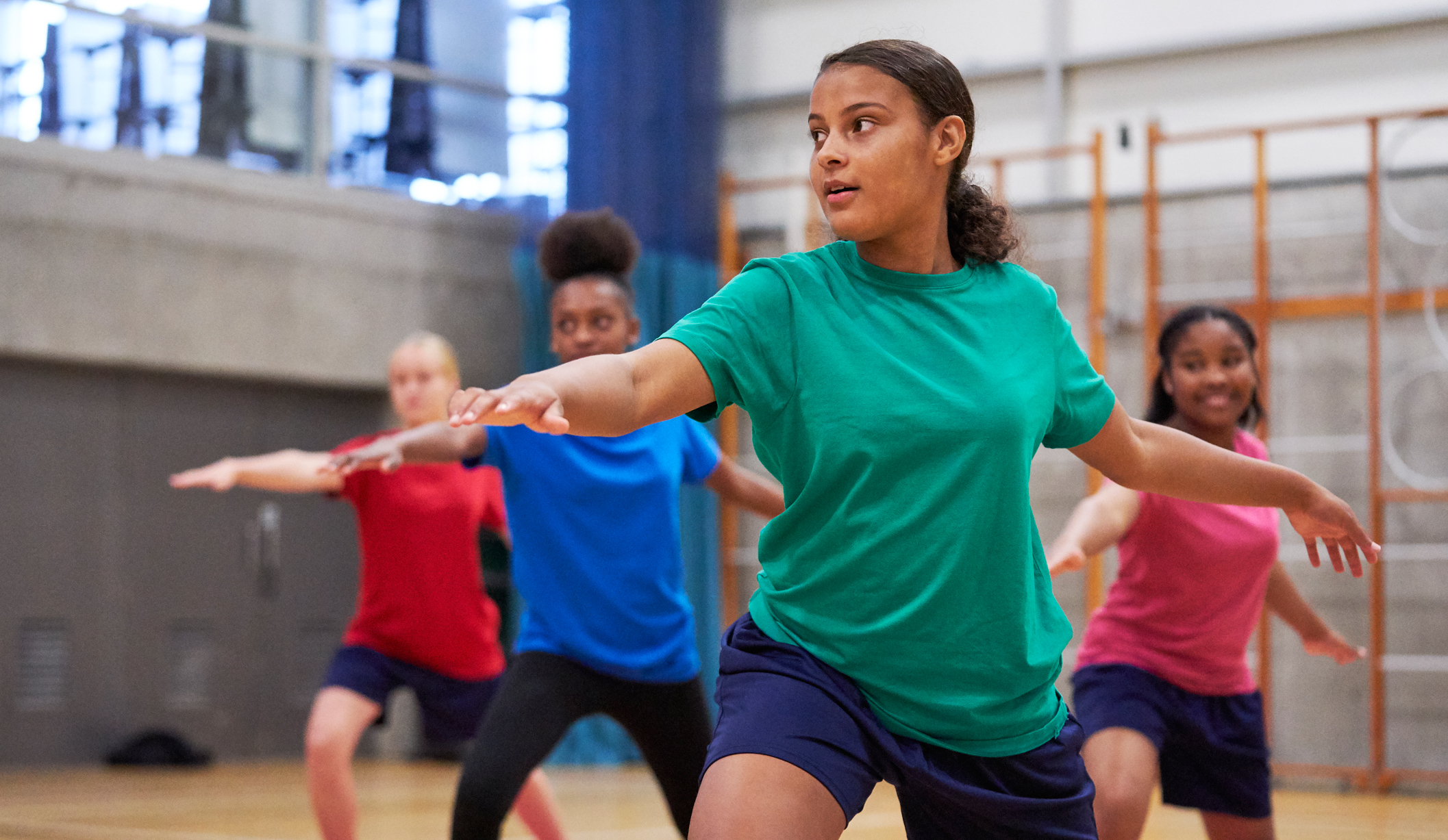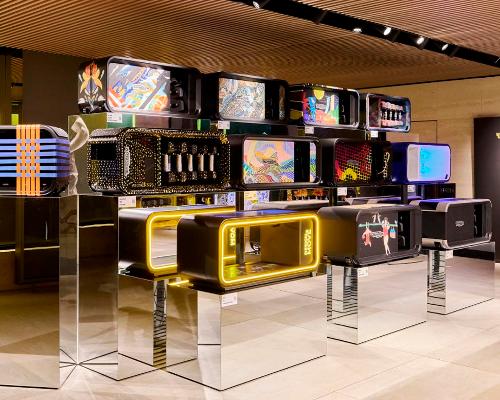features
The build back
After a crazy couple of years we’ve reached the endemic stage, giving us the chance to take stock of the impact COVID has had. So what’s new, different, better and what still remains a challenge? We ask industry experts for their thoughts…
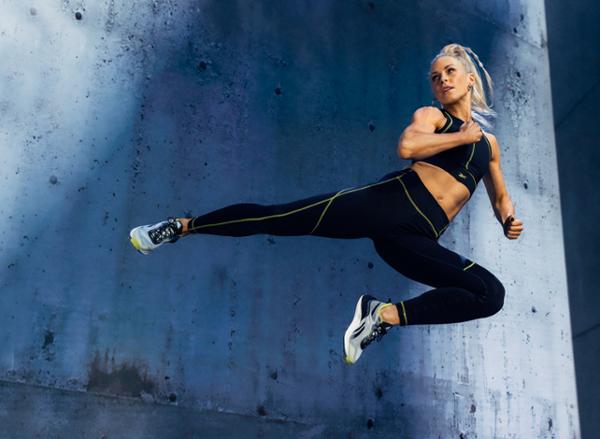

The past two years have been a wild ride for our industry. While we are on the road to recovery, a lot of questions remain, but we have learned some phenomenal lessons along the way. The fitness industry learned how important it is to be nimble, embrace technology, have critical relationships with landlords, be flexible with staff, unify our voice with lawmakers, and so much more.
Everything has changed. We will never operate exactly as we did before – but before what? The industry was already evolving and the pandemic just expedited its evolution.
On the technology side, we are seeing an unprecedented number of fitness apps, hybrid offerings, at-home training and increased options for consumers, which creates a more competitive market.
On the other hand, US states such as California – which lost 39 per cent of operators – and New York, where 31 per cent of facilities closed permanently, provide fertile ground for opportunities.
For some, COVID-19 brought only the virus and quarantines, but others were discovering new passions, such as painting, reading, cooking, and, yes, exercising! Participation skyrocketed in sports such as golf, skiing, paddle sports, and kayaking. More people than ever went outside to be active and those people actually got healthier during the pandemic. This provided a deeper appreciation for exercise and a more permanent focus on wellness, mental health, family time and overall life balance.
We find ourselves in a new world of opportunity to recruit an entirely different kind of customer. Perhaps it’s due to our short attention spans, but there has been a convergence of fitness, music, sports, fashion, gaming, technology and more. This is attracting a younger and more diverse generation to our products and services, and providing us with an opportunity to invite more people into the fitness lifestyle.
Finding talent is still providing a challenge; whether it’s friendly front-desk workers, exhausted from being on the front lines of mask and vaccine enforcement, or quality trainers, who left the employ of facilities to start their own home businesses. Facilities which rely heavily on ancillary services such as salons, dieticians and private lessons are slower to return to financial health. And, unfortunately, gymtimidation continues for novice exercisers, and with more home exercise options on the market, recruiting this wary population remains a challenge.
A year ago, we thought the pandemic would be well behind us and that we would be in full recovery mode. The COVID variants set us back – and it didn’t help that the most recent one coincided with January, traditionally the busiest month. But despite that, the appetite of consumers to return to the gym is back! On average, our member capacity rates are around 85 per cent and increasing by the day.
Operators should proceed with caution, learn from peers and don’t hang onto the past. It’s important to know your audience and recognise that what is right for one region might not be right for another. It’s also critical we maintain the unity the industry exhibited during the crisis and use it to make positive change. That’s our goal at IHRSA.

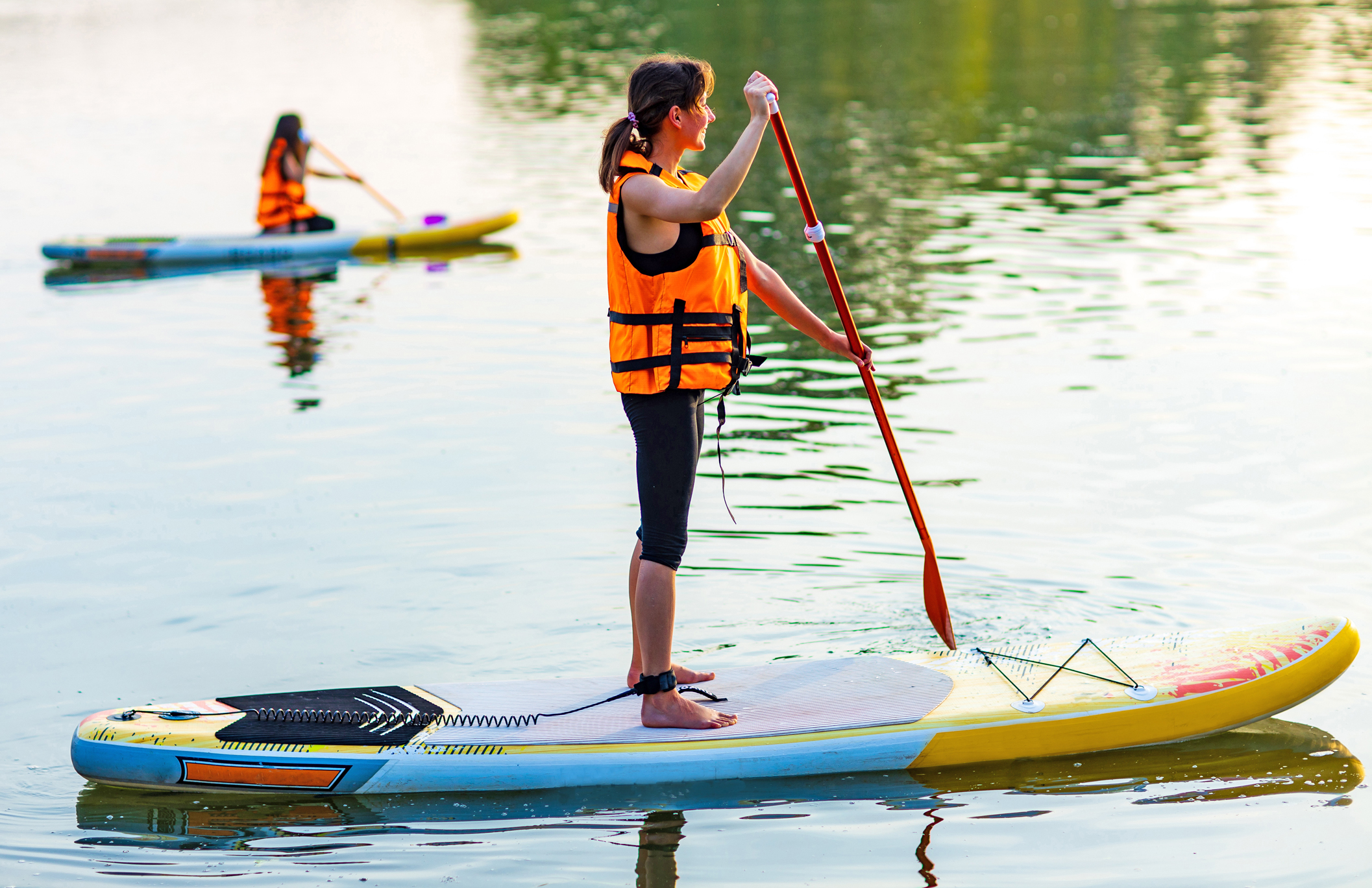

With health high on the public agenda and consumers keen for live fitness experiences, 2022 has already seen a rise in consumers focusing more on their wellbeing. According to the 2021 Global Fitness Report, 82 per cent of consumers regularly exercise, or soon plan to, while 75 per cent of this group also take part in specific gym-type activities – making fitness the world’s biggest sport.
Looking back at the pandemic-driven boom in digital fitness, with tech giants such as Apple and Google making bold fitness moves, it’s clear we’re still in the midst of a massive shift in consumer mindset. The virtual reality space has vastly grown – in 2021 there were reportedly more sales of Quest 2 headsets than Microsoft Xbox consoles. Les Mills has recently made waves in this space by launching a Bodycombat VR app which takes the world’s most popular martial arts workout into the metaverse for a thrilling gamified workout.
Members are continuing to incorporate digital workouts, with the majority of consumers in the 2021 Global Fitness Report expressing a preference for a 60:40 split between the gym and home for their workouts going forward. As we enter the age of omnichannel fitness, operators have a golden opportunity to truly own the member journey beyond the four walls of their facilities, as well as to expand their reach and drive growth by attracting fresh faces through their doors, albeit online or in person.
Considerable time spent at home globally has led to an increased appetite for sociable and live fitness experiences. Some markets, such as China and the Middle East, are even reporting group fitness attendances that exceed pre-COVID levels. As clubs continue to rebuild their member base communities, providing social connection will be key to their success.
The exciting news for the sector is that 27 per cent of regular exercisers are now describing themselves as absolute beginners, with a new pool of rookie fitness fans who have taken their first steps into fitness during the pandemic. This is a massive opportunity for growth across fitness providers, especially when understanding the barriers they may face and what they want from a fitness experience. The ability to reach beyond your existing membership and attract fresh faces into facilities will be key to long-term growth; a welcoming force and establishing routes for beginners to find intrinsic motivation to exercise, will be key to their long-term adherence.
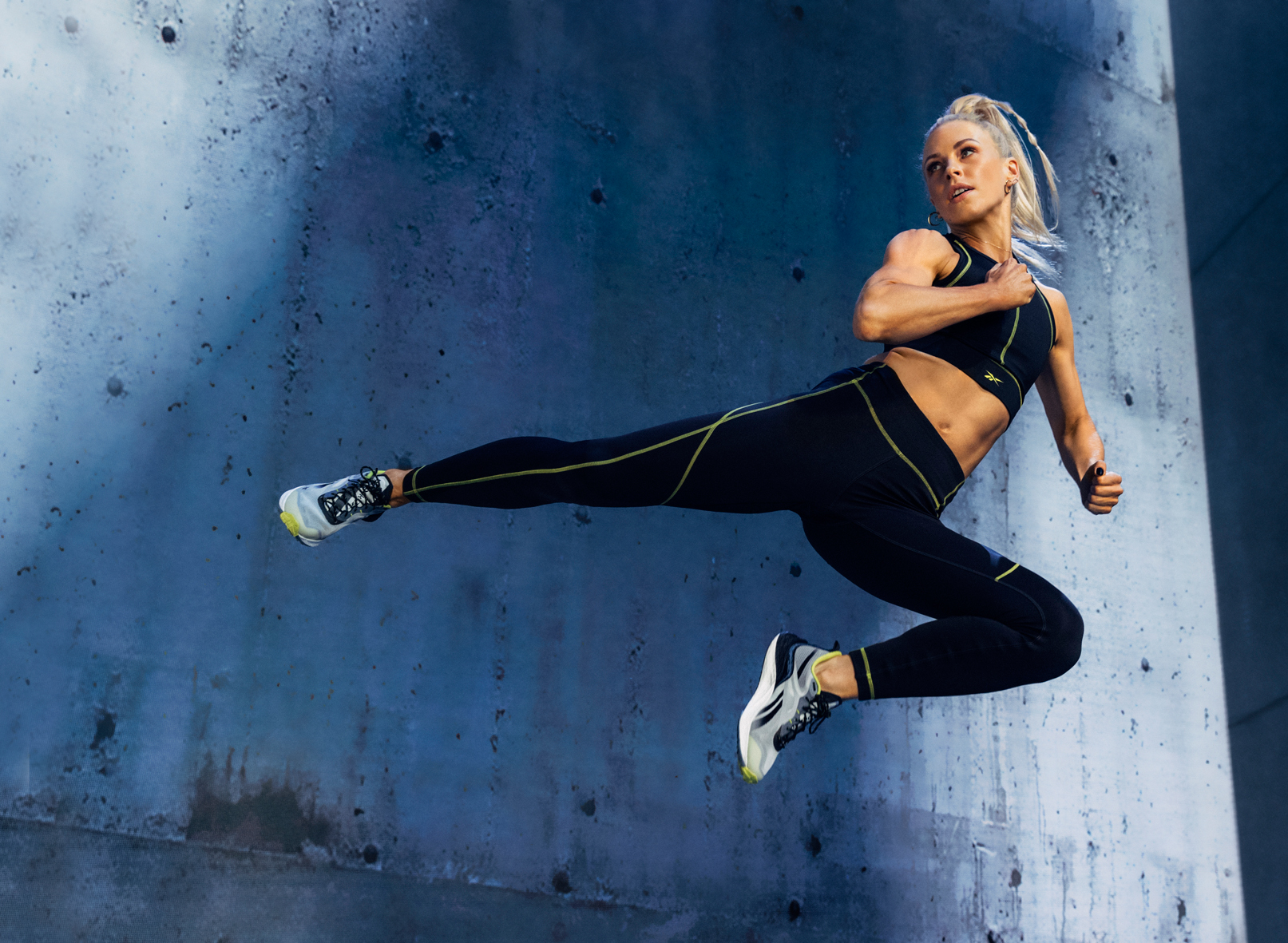

There’s no doubt the pandemic has left a deep mark on every business and some are showing that mark far more than others. The industry is starting to segment neatly into two camps. First, those who mourn the seeming normality of some kind of pre-COVID past yet appear frozen in the pain of their current reality. And the second camp, who have recognised that far from emerging into a new normal, we have emerged into an age of never normal, where it is going to take energy, bravery and commitment to evolve in order to thrive.
It’s in the hands of those who fall in the second camp to build the next future of our great industry and those from whom all of us can draw energy and inspiration. Whatever you do, make sure that you personally and your organisation fall into the second group, because the acceleration of the Darwinian evolution brought about by the pandemic will not take any prisoners.
A lot of people would have preferred there to have been no change.
Change is difficult, it’s even harder when it’s not part of the plan and enforced – and speedy change is terrifying. However, the change has happened and we have no choice but to change too. The industry has just been handed its biggest ever opportunity – not an easy one – but certainly the biggest.
It would be a shame if operators fell back into the old pattern of just selling memberships rather than embracing this opportunity to move from being fitness people to being health delivery partners. For the first time we can categorically say that what we do makes a difference to people living and dying. The world is listening, because they’ve been terrified by this incredible experience.
Going forward, operators should think laterally and be excited, not terrified. Our industry is there to make a difference and the younger generation want to support organisations which they see making a difference to this world. We can’t fool them and we need to respond by getting serious about our environmental practises, by owning our communities, knowing our members, embracing digital and making sure staff are at the cutting edge of standards. This is a great opportunity.


The last two years have not only been a time of unprecedented challenge for the sport and physical activity sector, but one of fast change and adaptation. It is to the credit of the industry, its leaders and all those working within the sector that these challenges have been met and managed in an extremely positive and agile way.
After seeing how we contributed to the national COVID-19 effort by successfully running vaccination centres and providing locations for testing and suchlike, health providers and local authorities now have a greater appreciation of the professionalism of our teams, which will be beneficial going forward.
There is also a much better understanding of the role health and fitness can play in reducing the impact of this and future pandemics. One of the reasons the UK was so badly affected by COVID-19 is thought to be due to our relative lack of fitness and the population’s high levels of obesity compared with the rest of Europe.
While challenging, the pandemic also presented opportunities and was responsible for accelerating the growth of the online offer in the sector in particular. Operators turned to technology to keep their customers engaged and, to a certain extent, maintain their memberships, book slots, provide cashless transactions, generate useful data and widen their community outreach. The use of technology was truly innovative and inspirational and is here to stay.
Driven by the sector’s need to produce evidence for both national and local government – about the size and value of the industry and the contribution it makes to activity levels and therefore wider public health – we certainly have better data.
The pandemic has further increased disparities in health between the advantaged and disadvantaged. Local leisure centres and health clubs can and do play a critical role in helping to address these inequalities, but it’s imperative that we have the data to prove it.
According to data from Swim England, more than two million youngsters missed out on the chance to go swimming during the pandemic and as a consequence there is now enormous demand for ‘catch-up’ lessons. This is good news for the sector, although managing that demand with the current shortage of swimming teachers presents another challenge.
The pandemic also forced operators to engage with their inactive members – those who paid their fees but didn’t use the facilities. As a result, operators are generally more confident about communicating with these members.
General gym sessions are yet to return to their pre-COVID levels, but the initial data is positive. The second quarter of 2022 will be vital in getting a complete picture of how the sector is building back.

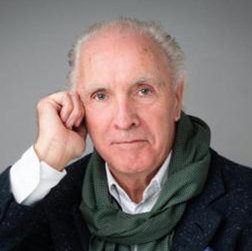
This uncertain era is being viewed by academics as the greatest paradigm shift in the history of many key sectors. Society rarely has the opportunity to rethink and reset whole industries. But the number of scholarly articles for rethinking education, social care, transport, work and the environment out-number the articles on fitness and daily exercise by a million to one. The fitness industry is trying to persuade governments without hard data, without academic articles, without the openness and transparency of peer review and without the capacity for experimental evaluation.
No aggregated hard data or numbers existed across the industry which government and other agencies could relate to during the pandemic. In a year in which making sense of the numbers became a matter of life and death the industry had no data to share. The UK government had hard numbers on age-standardised mortality rates by age and vaccination status, but fitness levels, membership and frequency of visits weren’t linked: the numbers would have been desperately unreliable.
COVID-19 hit the oldest hardest, increasing significantly from 60-69, 70-79, then a big jump for 80-89 and 90+. However, there was no breakdown of what percentage of the UK’s 10.4 million health club members were in these four key age groups. The industry has a role to play in improving the health of the nation, but to move from around 15 per cent penetration to 50 per cent, or higher, means a total rethink of ageist attitudes.
Last year more than 10 billion fitness workouts were viewed on YouTube, TikTok, Facebook and Amazon and connected fitness channels like Peloton logged in excess of 200 million workouts in 2021. Like social media channels, connected fitness suppliers know a lot more about their users than just their age and are prepared to be transparent about participation and activation.
In 2021 the fitness industry was not fit for purpose, but bigger industries learn from their mistakes and I believe the fitness sector will too.

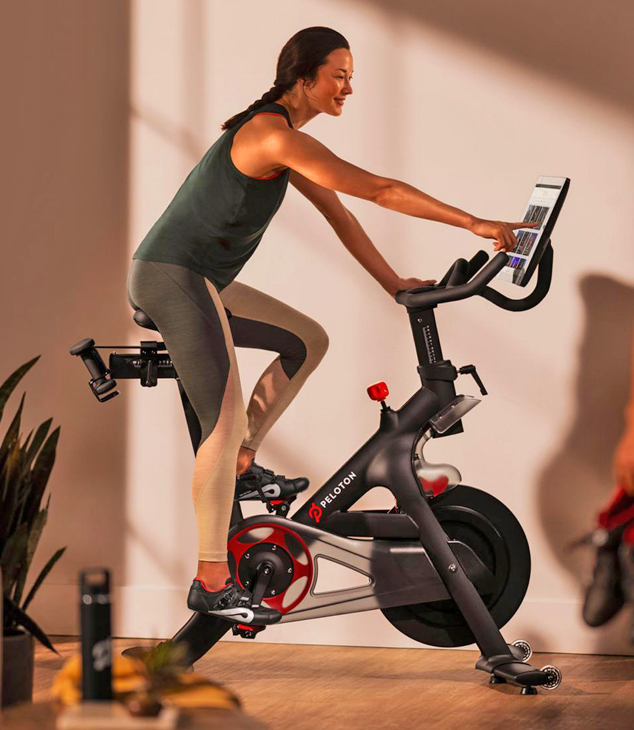

COVID has presented challenges to society, but as the immediate crisis recedes, our sector could be part of the solution. There is undoubtedly now a wider recognition of the role this sector can play in improving people’s lives. Not just through physical activity and fitness, but the accompanying benefits to mental health and the way that sport and physical activity can bring communities together.
I believe the commercial side of the sector will recover well. We have a really dynamic and competitive private sector in the UK, which drives up innovation and quality, to the ultimate benefit of the consumer.
In public leisure, there are different, and urgent, challenges when it comes to the investment that’s needed to reopen and maintain facilities which provide essential services to communities. This ultimately requires strong and innovative leadership and targeted investment from central and local government.
Despite some of the frustrations we had with how the sector seemed to be viewed during lockdown, I do see encouraging signs that politicians and healthcare professionals are really starting to understand the potential of what we do; moving us out of the “gyms and running around” box and into a place much more closely aligned to the wider health system.
The creation of the Office for Health Improvements and Disparities is one of those signs and, given its focus on prevention, could be a very positive step forward this year. This could start to really harness the potential of our sector to keep the population healthier and attract the much-needed commitment and investment from government to unleash our extraordinary ability to create change for generations. The publication of the Levelling Up White Paper signalled some recognition of this.
The implementation of Integrated Care Systems, due this year, is another development which has great potential for empowering our sector to play a bigger role in the nation’s health, and to forge closer partnerships with the NHS, local councils and others. We need real political will, focus and investment to make all of this happen and as a sector, we need to keep lobbying and educating politicians and earning the confidence of health professionals.
A key part of that is demonstrating our people are the highly-skilled and qualified professionals we know them to be. We all need to work together to continue developing professional standards, offering high-quality training and development, attracting good people into the sector and creating clear pathways through it. At CIMSPA we will certainly continue to play our part in all of that, working with our fantastic partners and members.
While cognisant of the immediate challenges, I am positive about this sector’s commercial future and the impact we can have on society. But this can only truly be realised at scale if that potential is matched by the political will to change how the sector is viewed and invested in, with a genuine recognition across government of the breadth of services we offer and the huge social and economic benefits we can deliver.
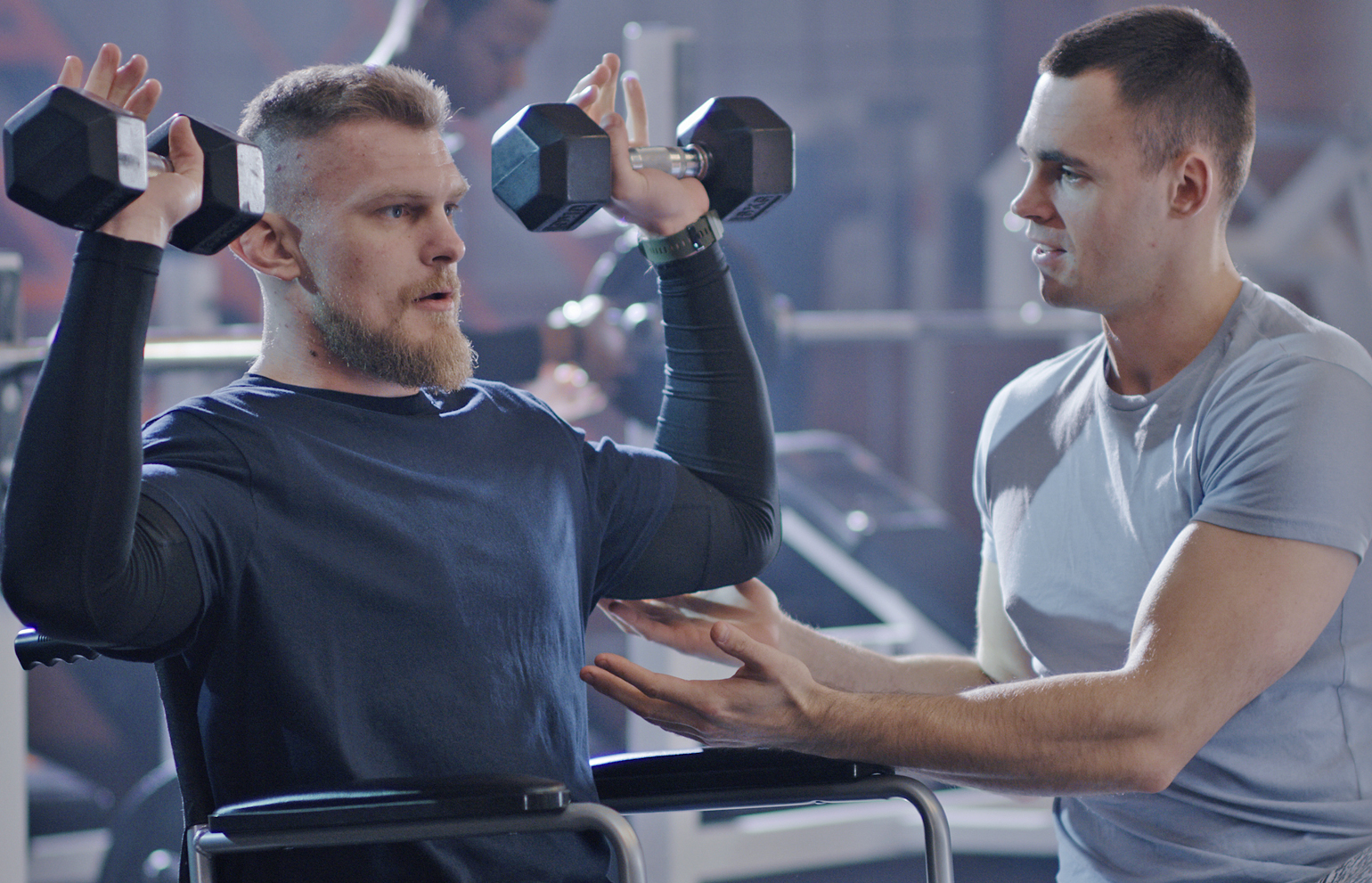
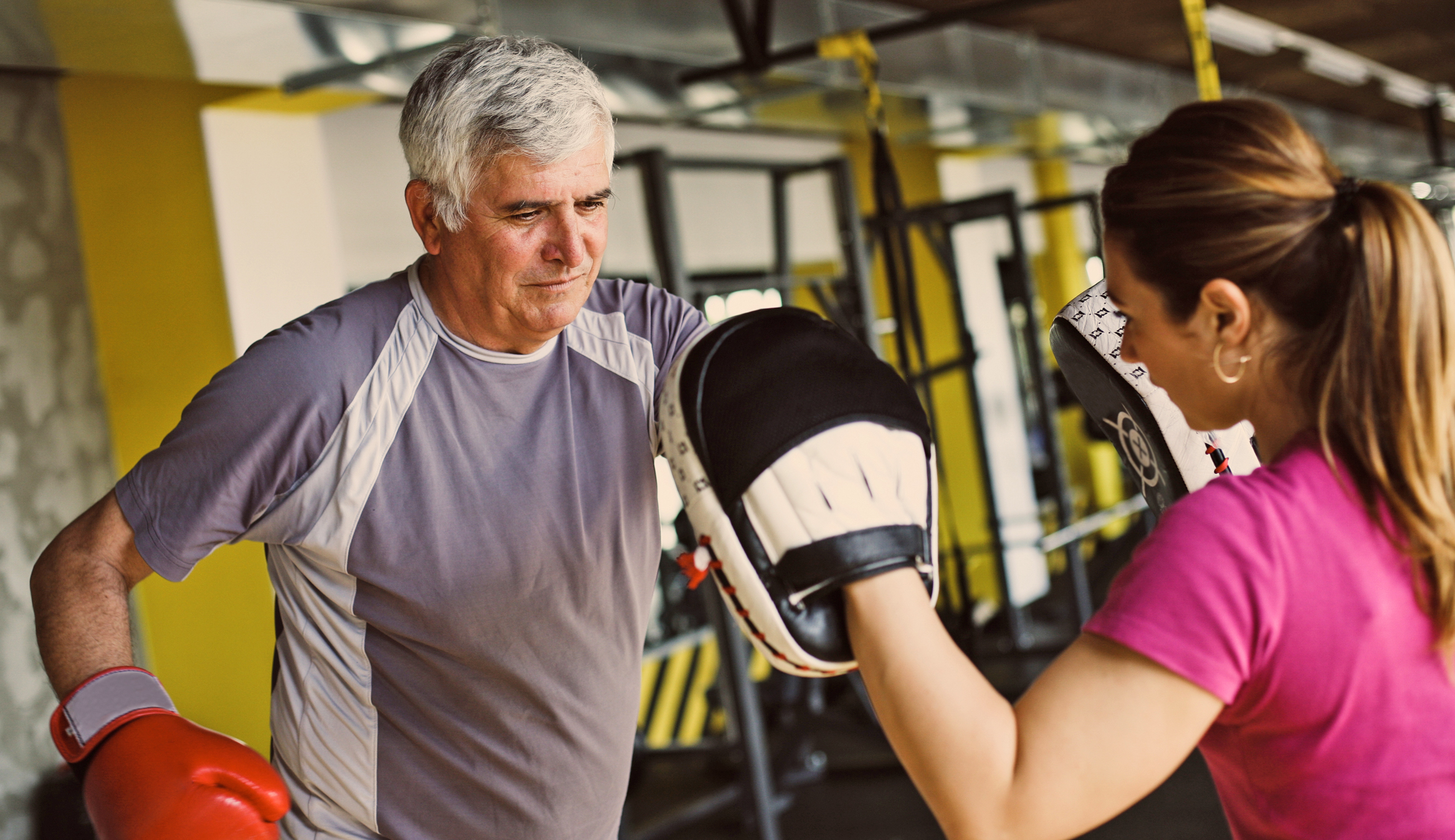

As in many other industries, the pandemic had a major impact on the development of the fitness and health industry over the past two years. The closure of clubs in spring 2020 across almost all European countries hit the heart of the fitness sector when memberships of existing customers had to be frozen and no new customers could be attracted. In the European Health & Fitness Market Report 2021, Europe Active and Deloitte quantify the revenue and membership decrease of European brick-and-mortar club operators in 2020 at -32.9 per cent and -15.4 per cent, respectively.
To sustain their sports and fitness routines, two major trends – digitally enhanced and at-home fitness – gained attention among fitness practitioners. Health and fitness apps experienced an unprecedented surge in demand. Even if monetisation stays a key challenge, the European market for fitness and meditation apps was predicted to more than double its revenues in 2021 (€2.6bn) compared with the pre-pandemic year 2019 (€1.2bn) according to the Statista Digital Market Outlook. For the trending home fitness market, equipment manufacturers achieved record sales based on the sales of home trainers, exercising mats or dumbbells to private customers. Also, connected-home fitness providers like Peloton, Tonal or Mirror, which combine digital and home fitness, experienced a surge in usage and attention.
After most operators had to cope with another period of club closures in winter 2020/21, European gyms started to re-open between April and June 2021. The relatively fast return to fitness clubs shows fitness enthusiasts appreciate the social interaction and the availability of professional equipment in brick-and-mortar clubs.
In this context, countries with comparatively light restrictions on fitness offerings like the UK – further driven by a relatively high share of short-term contracts – experienced the strongest rebound effect, indicating that valid restrictions increase the hurdle for on-site workouts.
At the same time, a decrease in demand for (digital) home gym equipment could be noted for the first time since the beginning of the pandemic, after the re-opening of clubs in 2021.
A number of challenges remain for the full recovery of the fitness operator segment, as fitness clubs have to compete against home fitness and connected home products, as well as outdoor exercise, which all became extremely popular during times of club closures. In this context, the emerging trend of digitalisation should be seen as an opportunity to enhance the fitness experience of customers.
When these challenges can be overcome, fitness clubs will remain the centrepiece of the fitness ecosystem in the future.
The pandemic has shown that boundaries between the different areas of the fitness ecosystem become increasingly blurred, leading to a seamless integration of a variety of fitness offerings.
Also, the high level of innovation and competition will give fitness practitioners the opportunity to customise their fitness experience based on individual preferences.
More insights on the development of the European fitness market, including an in-depth Europe Active consumer behaviour study among 11,000 consumers in 19 European countries, are portrayed in the European Health & Fitness Market Report 2022.
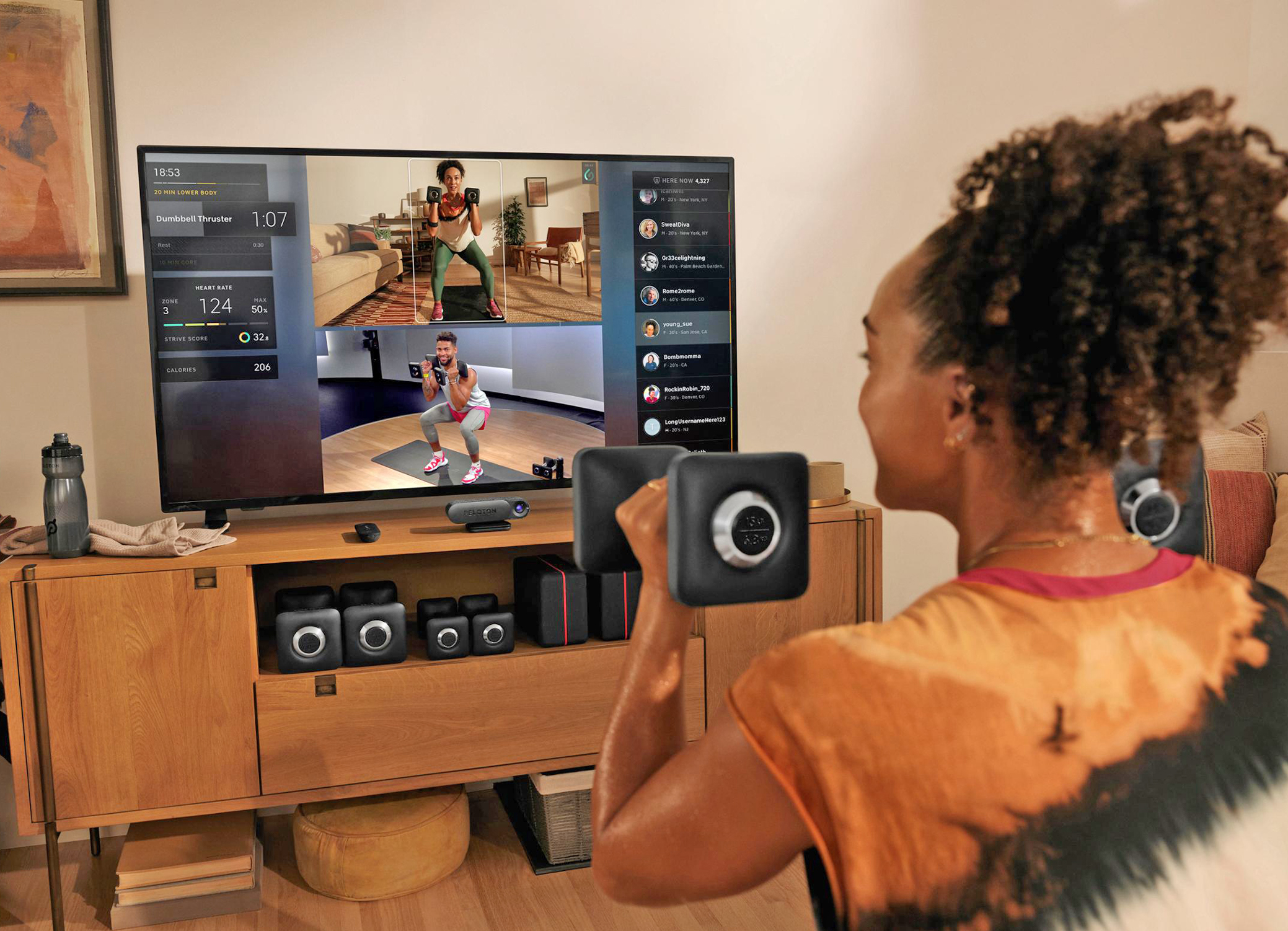
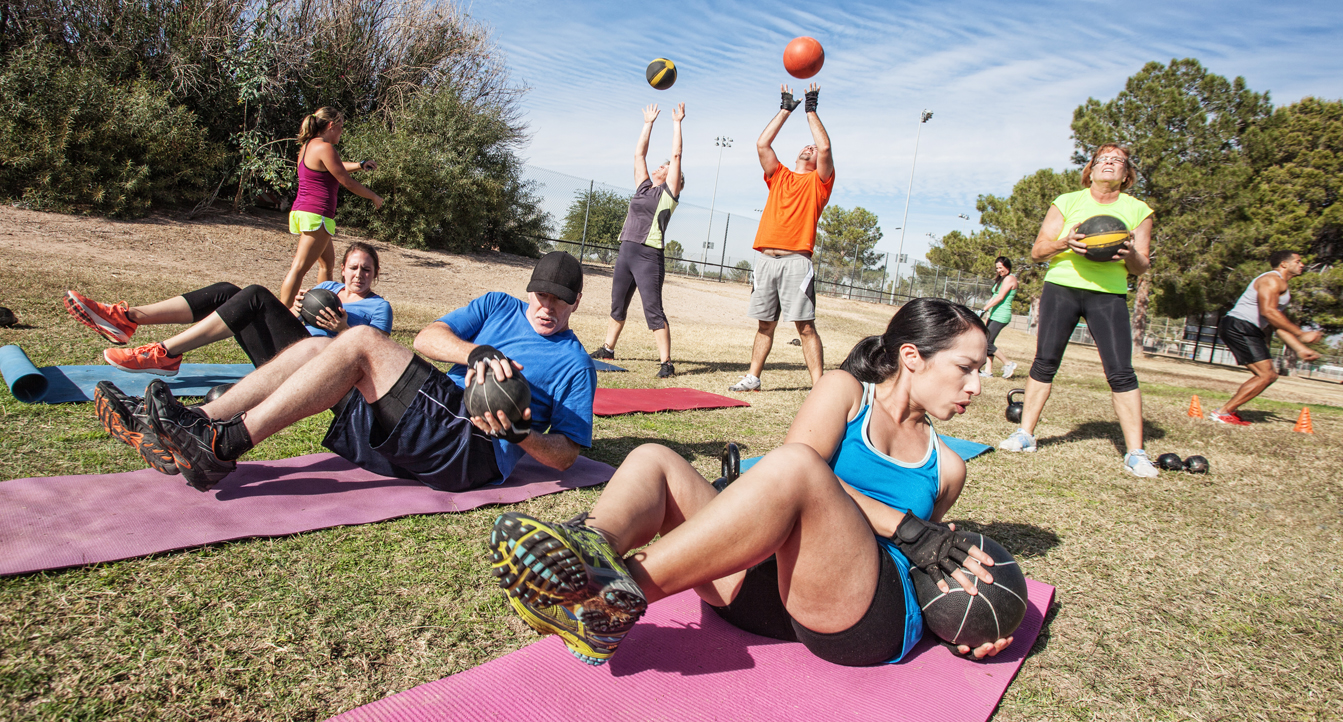
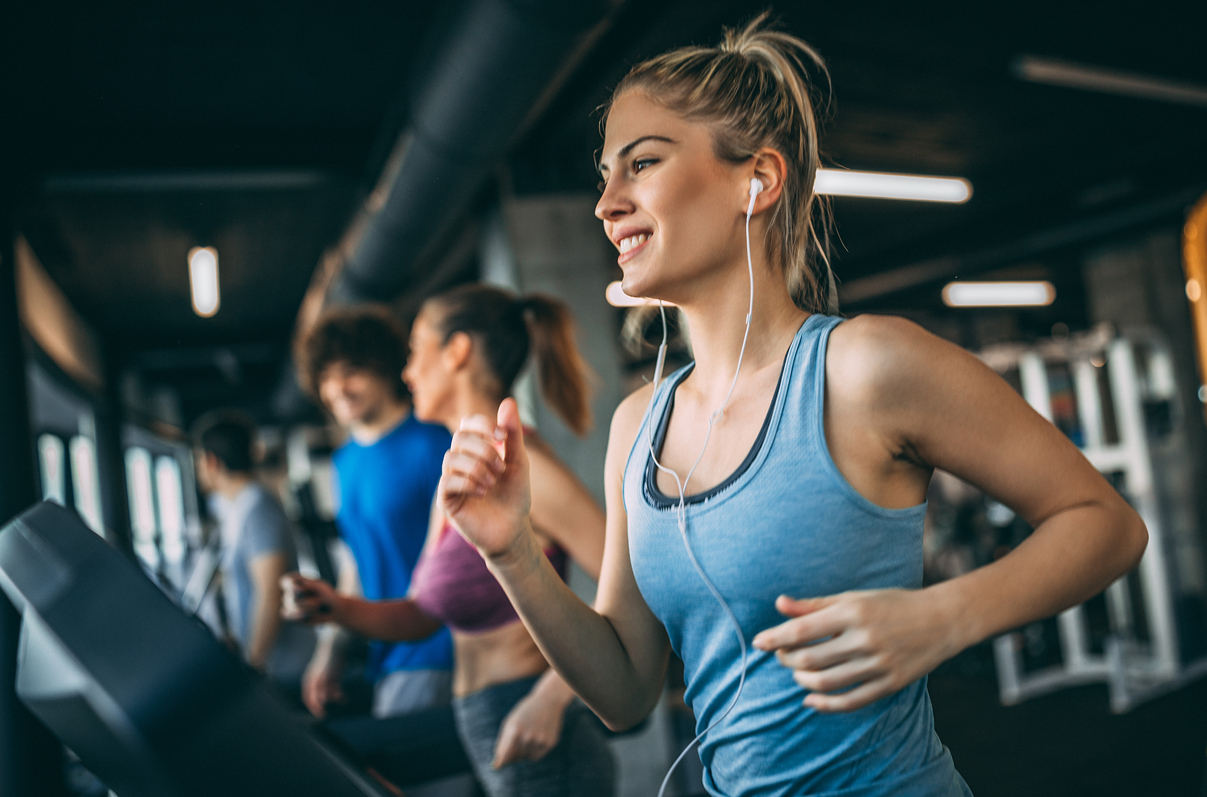

Following the pandemic there is undoubtedly a far greater awareness of the need to do things differently and a real desire to tackle the inequalities in our offers from grassroots to elite sport. However, as we saw from the Yorkshire Cricket Club debacle, racism goes deep in our culture and although women’s sport is now getting more profile, misogyny is still rife. We are nowhere near addressing these deep-seated beliefs and behaviours in most of our organisations and the diversity of our workforce and governance structures remains outdated and biased.
Access to opportunity by those living in, or with, poverty remains a huge and growing problem. A recent cricket story showed young people needed to pay £1,000 a year to access the sport in many clubs. In public facilities and private gyms membership prices still often present a barrier.
The longer term economic impact of the pandemic is becoming more definable. Sports clubs continue to struggle with membership levels, some private gyms and leisure clubs have not survived and most councils are re-evaluating how they deliver sport and leisure.
The sector’s leadership is now facing two fundamental, interconnected dilemmas. First, we cannot deliver real health benefits – particularly to those who need better health the most – without the injection of more public money. Without such investment our only route to survival is more commercialisation and income generation, greater business efficiency and more reliance on digital, which will result in narrower consumer access and more exclusion. This public investment can only come from three sources: direct from government including through agencies like Sport England; through councils; through the new Integrated Care Systems, or through all three.
To access more public money the sector will need to show it is fit for purpose to deliver the right health and wellbeing outcomes and can provide evidence of impact and value for money. More importantly, it must have the structures and competency to operate with others at a place level and the leadership capacity to influence policy and funding decisions made in political and quasi-political settings. I don’t believe it can do this without fundamental shifts in understanding, behaviours and culture.
Secondly, in order to create this cultural shift, the sector has to address equality barriers so it can deliver better health outcomes to those in need and currently excluded. This will require investment in new knowledge and skills, management and leadership development and major shifts in workforce planning, recruitment and education and training. It will also require greater professionalisation and the tackling of pay and conditions. All this will itself need significant additional funding.
And there we have the dilemma: the real life chicken and egg conundrum. The sector has to fundamentally change what it is and how it works before it will be able to access greater public funding, but how can it do this without greater public funding?
Already the sector seems to be falling back into the same patterns, as it rushes to recreate the old normal, but if we don’t start now on a major process of change, I fear we will continue to face the same problems all over again in the future.

